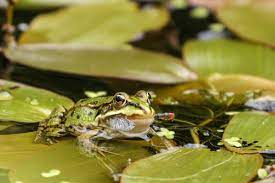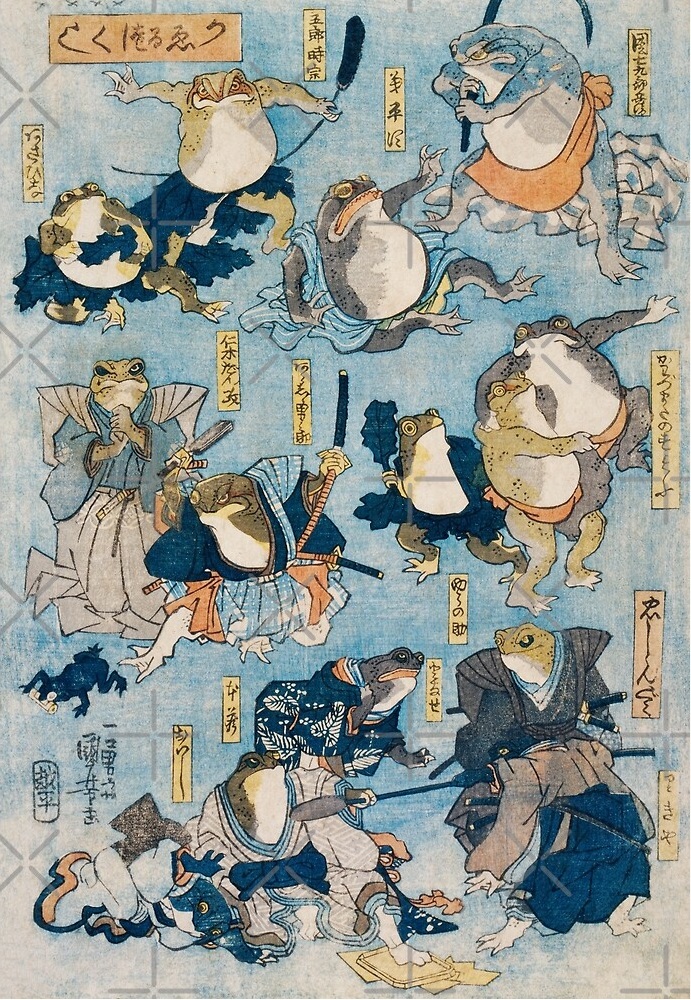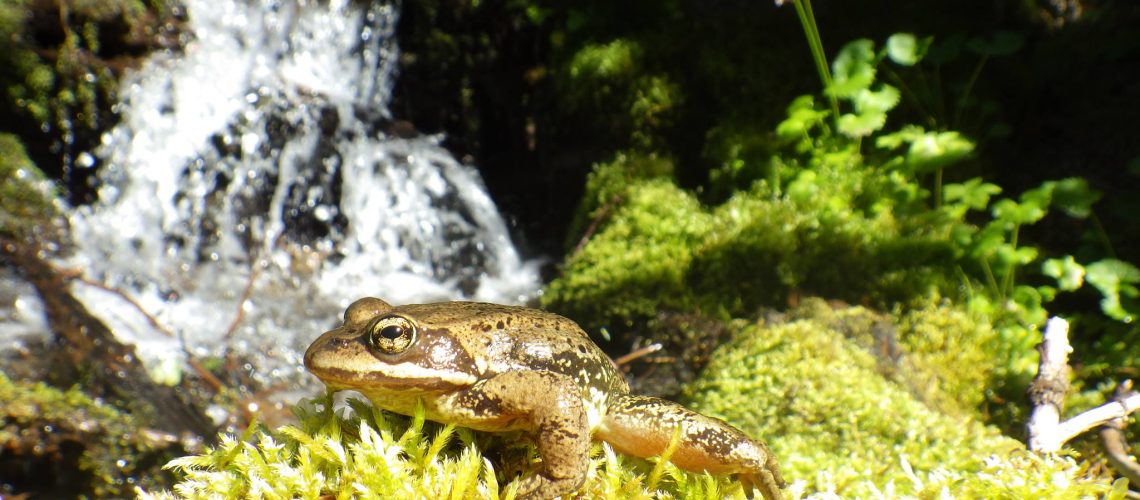Guest Post by Bennett Hardy, 2022-2023 Sustainability Leadership Fellow, and Ph.D. Candidate in the Department of Fish, Wildlife, and Conservation Biology and Graduate Degree Program in Ecology at Colorado State University
Imagine a place outdoors you enjoy. It could be the Grand Canyon, New York Central Park, or even your backyard. Now imagine hearing a buzz. That familiar buzz. That never-ending buzz. You swat the mosquito away. Another comes. You swat again. You start itching your elbow where one bit you a minute ago, but you didn’t realize. This place outdoors you enjoy isn’t enjoyable anymore. This is our potential future with continuing amphibian declines. There are over 8,000 described species of amphibians, including frogs, toads, salamanders, newts, and the little known caecilians. However, amphibians around the world are declining and going extinct due to habitat destruction, pollution, over-harvest, invasive species, climate change, and even their own froggy pandemic. Whether we grew up chasing frogs in our backyard, found a salamander under a log on a hike, have never seen one, love them, or are disgusted by them, we rely on amphibians more than we know! Below, I highlight a few of the wonderful hidden benefits they provide us and the natural world.
Ecosystem Services
As you may have guessed from the futuristic scenario above, amphibians are important predators of pests like mosquitos. Salamander larvae can deter mosquito oviposition and reduce mosquito numbers through predation. It has been estimated that larval Mole Salamanders can eat almost 400 mosquito larvae per day. Conservatively, if mosquitos make up only 1% of their diet, given this species can easily live at densities of 50,000 individuals/ha, that means a single 10ha wetland would remove ~100,000 mosquitos each night! Now add in the dinners of other frog and salamander species, and these amphibians could likely get close to eating 1 million mosquitoes in total each night. Another recent study even documented an increase in Malaria prevalence in humans in Costa Rica and Panama following the collapse of amphibian communities in the area, providing a clear link to their benefits. Some frogs have also been documented to be important predators of crop pests, like those that affect soybeans in South America, which supplies over 50% of the world’s soy production. Who needs pesticides when you have amphibians?

Medical Benefits
Perhaps unsurprisingly, frogs have been generous sources of human medical development due to their rich natural pharmacy of compounds that exist in their skin and toxins. For example, a toxin isolated from a ‘poison dart frog’ species shows promise as a non-opiate pain killer, and further derivatives are being tested for treating cancers and Alzheimer’s. Other studies have shown that frog skin secretions can inhibit infection of human immune-deficiency virus (HIV). The most well-known use of amphibians in medicine however is that of African Clawed-frogs as pregnancy tests)! From the 1930s-1960s, thousands of these frogs were kept in hospitals around the world, where doctors would inject human urine from a potentially pregnant person into the frog. If the frog laid eggs, the human was pregnant, signifying the presence of human chorionic gonadotropin. We’re lucky since the 1980s to have easy access to synthetic over the counter tests, but thankful for the frogs’ contribution to human medicine!
Cultural Importance
What we recognize as frogs, toads, and salamanders have been around since at least the Jurassic period, 150-200 million years ago. So, it’s no surprise that these creatures have shaped human culture, folklore and tradition. Amazonian indigenous tribes have used skin secretions of several Dendrobatid frogs to rub on their bodies to gain power or to experience pain and euphoria. In addition, secretions can be used in making ‘curare’, a poison used in hunting and medicine. In Mexican Aztec art, toads, specifically Tlaltecuhtli, represent Mother Earth. Frog and toad mythology, folklore, and art can be found from southern North America (Mexico) to northern South America and often revolves around rain and fertility. In Asia, frogs and toads are associated with wisdom and magic in Chinese and Japanese cultures. This is similar to medieval Europe where frogs and toads were viewed as sources of wizardry, witchcraft, magic, and evil, and associated with skin diseases. Greek philosopher Aristotle suggested that salamanders could put out fires, potentially emerging from fires themselves or during strong rains, while Roman naturalist and philosopher Pliny the Elder tested this idea by throwing them into fire, contributing to the association of salamanders and fire. Amphibians continue to appear in contemporary culture across literature (e.g., Frog and Toad are Friends by Arnold Lobel and The Celebrated Jumping Frog of Calaveras County by Mark Twain), advertising and entertainment (e.g., Kermit the Frog, Frogger videogame, and Budweiser Bullfrogs), and even in memes (e.g., Here come dat boi the unicycle frog).

Environmental Contributions
This loss of amphibian diversity is especially of concern given their important functional roles that directly influence ecosystem nutrient cycling, energy flow, and trophic dynamics. Reversing these losses are therefore critical for maintaining ecosystem function and biodiversity. Did you know that in some North American forests, there could be over 5,000 salamanders per acre of land? That means that every step you took, there would be 8 salamanders there! Though they would likely be hiding under rocks, logs, or underground. This amount of biomass, which equates to their role in the food chain, shows how important they are as insect predators. And because forest floors are complex communities of their own, their role as top predators in their leaf litter communities has strong impacts on controlling invertebrate populations that feed on fungi. If we didn’t have fungi, the forest would starve as they are crucial for turning over dead matter into useful nutrients. Salamanders have even been implicated in controlling greenhouse gas emissions! Due to their voracious diets, salamanders limit the amount of leaf litter that gets eaten by invertebrates, resulting in over 200 kg/ha of carbon allowed to sequester in the soil versus entering the atmosphere. In other words, just 23 hectares of salamanders would be able to limit the amount of carbon released by a conventional gasoline car in a year. And not only do amphibians demonstrate top down effects on structuring communities and ecosystem function, but also bottom up effects as underappreciated food sources for many larger animals in forests. A recent study in Science documented the decline in snake species diversity after the declines of amphibians in their study area in Panama. When the frog pandemic of chytrid fungus wiped through the amphibian population and limited their numbers, snakes, frog-eating predators, also declined due to the loss of their prey source. While you may not care if there are less snakes around, this study shows that the effects of losing amphibians can be widespread and likely impact other, more cuddly, animals other than snakes as well.
Our Froggy Future
As a Sustainability Leadership Fellow from the School of Global Environmental Sustainability at Colorado State University, my research aims to understand why populations of certain amphibian species are more resilient than others when faced with novel stressors like disease. My results, along with dozens of other amphibian scientists around the world, hope to inform strategies and actions that help conserve the diversity of frogs, toads, salamanders, newts, and caecilians on our planet. So, next time you’re outside and spy a secretive amphibian, say thank you and appreciate that they’re hanging on! Whether you get swarmed by mosquitos or not, know that they’re making our world a lot better than most of us could have imagined.






